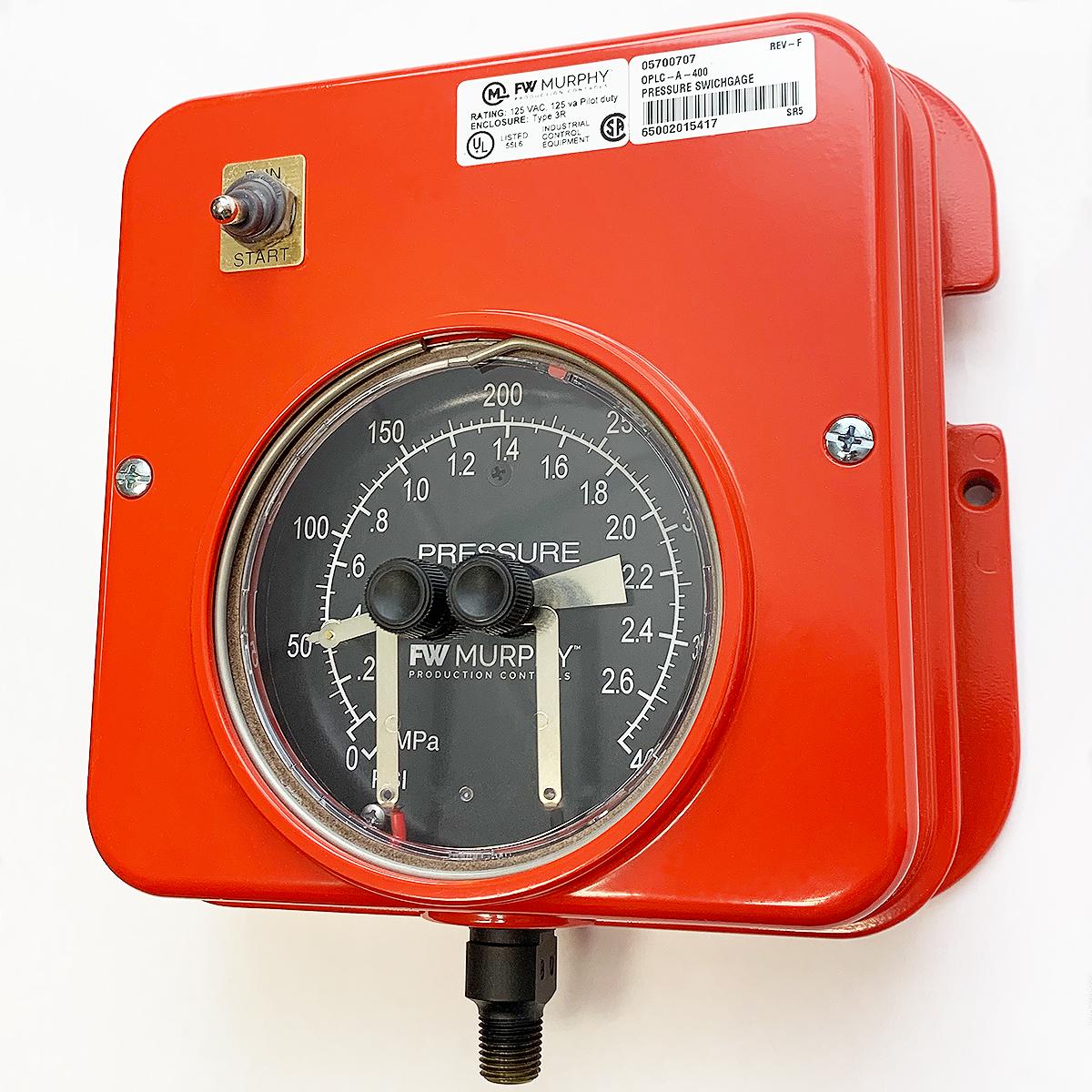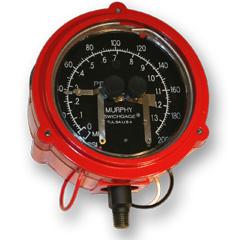

Instead, companies strive for cost leadership in their industry. Market growth completely ceases to exist.

Phase 4: SaturationĪ decline in turnover and profits characterises the following saturation phase. In the maturity phase, growth is achieved almost exclusively by poaching customers from competing products in the industry.īrands need to continuously build and focus on their own brand and marketing messages to not fall victim of these approaches themselves.

Most products reach their most profitable state in the maturity phase, as they are now established in the market and therefore no longer need to be promoted so heavily. When the maturity phase is reached, the strong growth curve from the previous stage begins to flatten. This may result in price wars and imitations, which can harm the long-term success of the product. If they see an attractive market entry opportunity, they will launch their own versions of it. In this phase, competitors also become increasingly aware of the product in question. Their focus then shifts from pure marketing to meeting demand forecasts to ensure they remain available across all retail channels. The growth phase is crucial for brands as they gain momentum and start to realize their first profits. The following growth phase is characterised by a continuous increase in sales as more and more customers buy the product. Many products already fail after their launch and/or never break even. Note that not every product reaches the next phase of the life cycle. The point from which the sales revenue cover the cost of selling the product.īreak-Even = Sales x Price – Sales x Variable Costs – Fixed Costs = 0 The end of the market introduction phase is marked by reaching the break-even point. Once the company starts to realize more sales, profits also start to rise, resulting in a positive profit ratio. The reason for that is simple:Ĭompanies must first invest more money in marketing activities than they can earn with the new product. The market launch phase is cost-intensive and thus negatively affects a firm’s profit curve. FMCG companies, on the other hand, make little to no use of such pre-order sales models. The video games industry is an example where companies have long adopted pre-sales processes to build customer anticipation before releasing a product. Managers must put special emphasis on explaining those products whose added value or function is not immediately clear to the customer.ĭepending on the industry, product type and marketing strategy, products are often advertised before the actual sales launch and sometimes even offered for pre-order. From this point on, the product can be purchased by customers.ĭuring the market launch phase, advertising the product is an integral part of a successful and sustainable marketing strategy to ensure consumers become aware of the new offer. The first phase describes the market launch, which begins with the market entry of the product. The basic model of the product life cycle defines five different phases that a product passes through from market launch to eventual market exit: The profit and sales performance during the product life cycle Phase 1: Introduction

This allows them to proactively plan the necessary marketing measures to extend the life cycle in phases where profits and market shares reach their highest point. The PLC consists of different phases that allow managers to visualise the projected sales and profit development of their product portfolio. The Product Life Cycle (PLC) has become a leading concept to successfully establish products and services on the market.


 0 kommentar(er)
0 kommentar(er)
